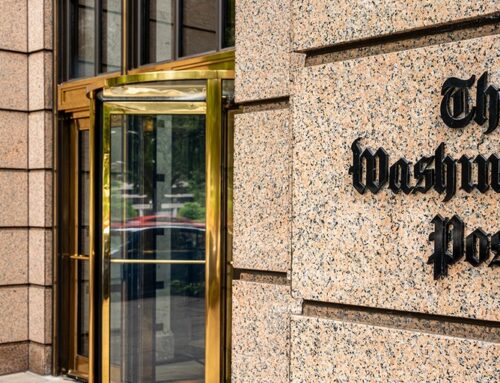USDA awards Nebraska group $200M to boost clean energy efforts
January 1, 2025
LINCOLN — A Nebraska rural electric cooperative has been awarded a $200 million federal grant to boost clean and affordable energy efforts in the state.
The funding to Nebraska Electric Generation & Transmission Cooperative was part of the latest round of investments by the U.S. Department of Agriculture’s Empowering Rural America Program, or New ERA, which aims to help rural Americans transition to cleaner, less expensive and reliable energy.
Agriculture Secretary Tom Vilsack made the announcement in December that $4.37 billion in grants and loans were headed to 10 rural electric cooperatives, representing seven states, for projects that support jobs, lower electricity costs for businesses and families and reduce climate pollution.
In Nebraska, USDA officials say the $200 million award will be used by NEG&T to procure 725 megawatts of wind and solar energy in Butler, Burt and Custer Counties. They said the project will supply enough electricity to power 170,000 homes a year, reduce climate pollution by more than 2.2 million tons per year and support as many as 425 short- and long-term jobs. The project is expected to reduce greenhouse gas pollution by the equivalent of 482,000 gasoline-powered cars each year.
“Our goal is to provide low cost, clean, renewable energy to the great state of Nebraska for many years to come,” said NEG&T General Manager Darin Bloomquist.
Bloomquist said the grant application process involved multiple entities that are under non-disclosure agreements so, he said, he couldn’t provide more detail.
Headquartered in Columbus and founded in 1956, NEG&T’s membership of 20 rural public power districts serves the electrical needs of about 150,000 customers in rural areas of the eastern two-thirds of Nebraska. The New Era investment program also provides an opportunity for NEGT to provide members with special patronage retirement.
New ERA is a covered program in President Joe Biden’s Justice40 Initiative, which aims to ensure 40% of the overall benefits of certain federal climate, clean energy and other investment areas flow to communities that are marginalized by underinvestment and overburdened by pollution.
GET THE MORNING HEADLINES.
Search
RECENT PRESS RELEASES
Related Post




